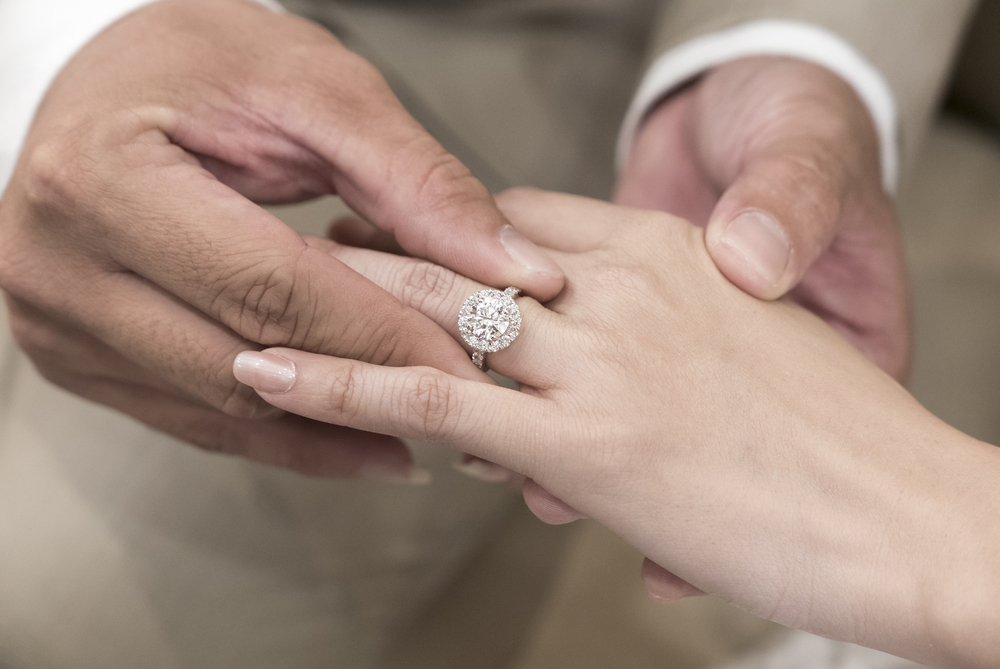
The lab-grown diamond business as a whole is flourishing these days, with interest and demand for exotic jewels outstripping natural supply at a rate of about 15% each year. While some may be put off by the concept of a diamond made in a lab, distinguishing between a natural and a lab-grown stone requires a highly trained eye. From price to environmental concerns, there are numerous advantages to choosing a lab-grown diamonds for your engagement rings instead of a natural diamonds.
Lab-Grown Diamonds Vs Natural Diamonds: Differences
Diamonds made in a lab are chemically, physically, and optically equivalent to natural diamonds. At first glance, the ordinary individual cannot distinguish between a natural and a lab-grown diamond. Checking for imperfections is the only method to differentiate a lab-grown diamond from a mined one. Stones created in a lab under strict parameters are usually perfect. Cloudiness, cracks, or color changes are usually uncommon.
Natural diamonds are not perfect because they have inclusions. They develop due to gases and other materials getting trapped inside the diamond during its formation. Natural imperfections distinguish a mined stone from one manufactured in a laboratory, and a trained eye can see them. Jewelers will usually state whether a gemstone is natural or manufactured in a piece. The Federal Trade Commission in the United States mandates jewelers to disclose the use of lab-grown diamonds and considers failing to clearly state a gem’s origins to be a dishonest business practice.
Lab-Grown Diamonds: History

Synthetic gemstones aren’t a new concept. Since ruby is tougher than steel and can survive moving metal parts, the first lab-grown ruby was made in the late 1800s for industrial reasons. In 1955, the first man-made diamond was created. Although many people had tried the method, General Electric was the first to commercialize reproducible and verifiable diamonds.
Lab-Grown Diamonds: Benefits
The expense of extracting diamonds from the Earth’s crust is high, and this is reflected in the cost of natural diamonds. Lab-grown diamonds, on the other hand, are manufactured within weeks and do not involve the use of any mining equipment. They’re a lot less expensive than natural stones, often up to 50 % cheaper.
A significant number of mined diamonds come from underprivileged and war-torn areas, and their provenance is disputed. Conflict diamonds, often known as blood diamonds, are frequently sold to fund insurgencies, invasion armies, and warlords. You may be confident that no one was mistreated or hurt in the manufacturing of your jewelry when you use lab-grown diamonds.
